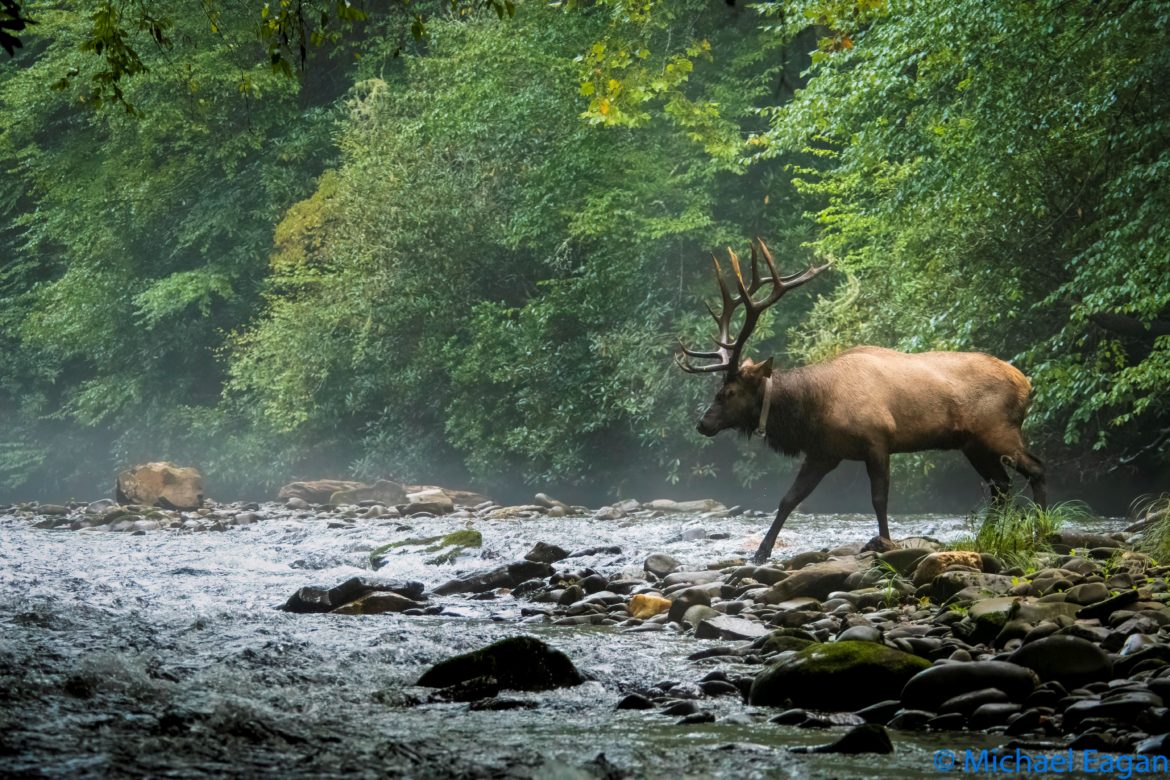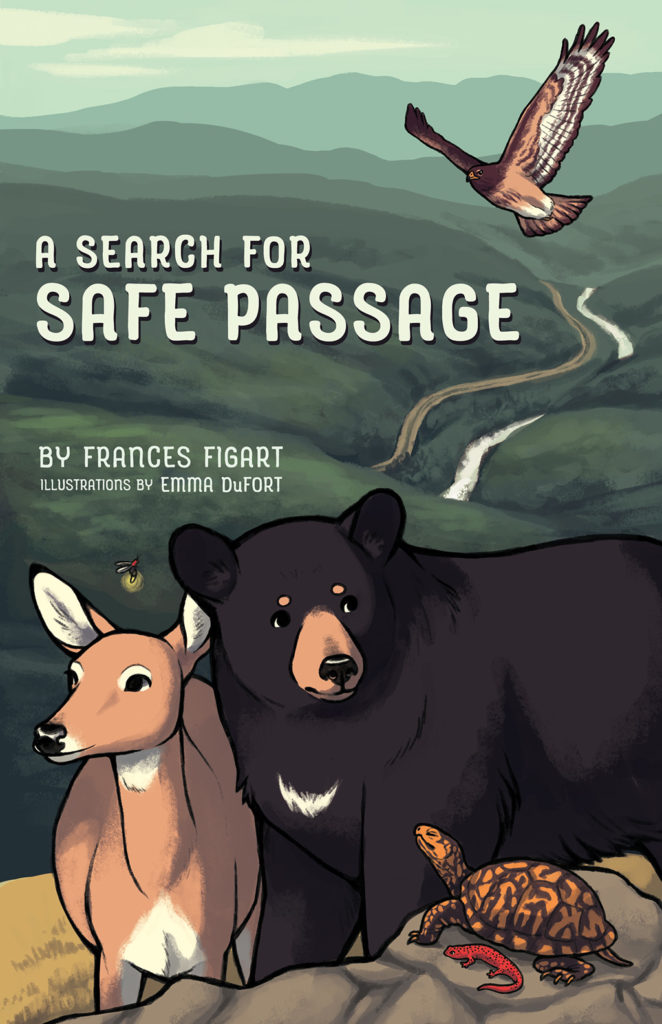Photo by Mike Eagan
It is no secret that Appalachia is teeming with wildlife. From the forest floor to the vibrant tree canopies, there are natural wonders hidden in plain sight. Unfortunately, human infrastructure continues to not only destroy the habitats of wildlife, but also pose a direct danger to their survival.
Berea graduate Frances Figart ’91 has committed herself to advocating for the protection of these animals and ensuring their natural lives may remain uninterrupted by the hustle and bustle of humanity. A Kentucky native, Figart warmly recalls summers spent canoeing, skating, and horseback riding in Clark county. “It made for an idyllic childhood that would even be the envy of (William) Wordsworth,” Figart said.
Even as a little girl, Figart was well-aware of the encroaching highways that posed a threat to the profuse diversity of her home. “The only sadness I remember was when one of my pets or another animal was killed on the twisting, winding roads snaking through the foothills of Appalachia.”
Her passion for wildlife, activism and creative projects only grew as the years passed, leading her to a career split amongst the three. Figart is the creative services director for Great Smoky Mountains Association, an educational nonprofit partner of Great Smoky Mountains National Park.
Her new book, “A Search for Safe Passage,” is a an educational and accessible children’s story by design. It explains the significance of roadway ecology problems and solutions through safe wildlife crossings. The friendship of Bear and Deer, who grew up together on the north side of a beautiful Appalachian gorge, exemplifies these issues. While they once could travel freely on either side of the river, Bear, Deer and their other animal friends are faced with the grave danger of crossing the highway that now divides their home. While the book targets the age group of 7 to 13, Figart intends for it to be a lesson for both kids and adults alike.
Berea is an integral part of my history as a creative person and an activist for wildlife protection.
Frances Figart ’91
“I never would have dreamed I would write a popular children’s book,” Figart admitted. “It was a way for me to nurture creativity and to create something that hasn’t been done before.” When challenged by a colleague to create the educational resource, Figart recollects that she pulled from her time at Berea College.
“Berea is an integral part of my history as a creative person and an activist for wildlife protection,” she said. “It set the tone for me to always blend my personal interests with my professional creativity.”
Figart studied English at Berea and found that the program and College as a whole were formative experiences for her in several important ways, many of which are reflected in her book.
“Berea allowed me to continually strive for ‘right livelihood,’ utilizing my passion to support what I refer to as the three P’s: place, protection and people,” Figart said. “Place” represents her strong connection to southern Appalachia and the special species thriving in the region. “Protection” references the passion she is able to explore within her occupation as a wildlife activist. “People” constitutes one of the best aspects of Figart’s job: collaboration with those who share these values.
“All of these attitudes,” she said, “were fostered and spawned at Berea.”




